Getting people to care about the environment and living healthy may sound like the job for Al Gore or the First Lady Michelle Obama but Naomi Davis is up to the challenge. She is a woman of many talents. She’s an attorney, organizer and environmental activist.
Her journey as an activist has been a lengthy intricate process that took, two decades to arrive at. “I began a journey, that began with the conviction I would never do work that I didn’t love,” says Davis. “Something about saving the world was up in there.”
Before she became an activist, she was an attorney. Davis recalled working at Bloomingdales on Third Avenue in New York as an assistant buyer in the children’s sleepwear department, and how the vice president of merchandise management for that division assistant had called her on the phone, telling her that she left something in the office. “And when I went there to get it, it was my law school application on the copy machine from the night before,” says Davis. “There I was kind of busted.”
After graduating from Chicago’s John Marshall Law school in 1981, she worked as an assistant attorney general for about five years in the consumer fraud division. “And I knew that it was not my special calling. I was the branch chief of the Southside division,” says Davis. “I found myself more wanting to prevent the misunderstandings, than untangle things from when they got all bunched up,”
In 2007 she founded Blacks in Green, an organization dedicated to educating the black community about green living and how to live healthy productive lives. B.I.G. is known for their urban outreach and community programs.
There are many health disparities that tend to plague the black community, but the most detrimental issues involve food deserts, areas with no or distant grocery stores. As a result of these food deserts, illness such as obesity, diabetes, and other ethnic disparities have become more common.
According to a 2006 report by Mari Gallagher Research & Consulting Group, on examining the impact of food deserts on public health in Chicago, they discovered that a majority of African-American and white communities that have out-of-balance food environments have higher rates of residents dying prematurely from diabetes.

Unfortunately, in the black community when it comes to addressing the issues such as global warming or green living there’s a disconnection with the actual severity of the issue. “We are pretty much tone death to the idea of global warming that there’s something – there’s a crisis looming the backend of which is going to hit us harder than anybody else,” says Davis. “And so Blacks in Green has been about how to get that message to the masses.”
“She uses her knowledge of African and African-American history and culture to inspire community leaders to be there best which includes improving the environment–our environment-and creating economic opportunity for ourselves through the green economy,” says Calvin Holmes, president of Chicago Community Loan Fund.

Davis solution to the black community when comes to addressing the issue of green living, through Grannynomics, and the eight principles of Green Village building. Grannynomics is refers to cultural common sense green living techniques that Davis learned from her grandmother who grew up in Mississippi.
“We’re just over 50 percent unemployment our health disparities are off the chain, and help is not on the way,” says Davis. Her methods work as a blue print to the “beautiful life” by allowing for the disenfranchised in Chicago’s urban communities to tap into common practices of their ancestors.
Darryl Gibson, founder of South-Side Education and Economic Development System, described Davis as very energetic and working hard to build a network to support [the] community. S.E.E.D.S., is a non-profit organization focused on educating and training the youth in economically disadvantaged areas, and teaching them about conservation living.
According to a 2004 survey report by Sinai Health System’s Improving Community Health Norwood Park, the predominately white middle class scored staggeringly the best on health measures. While Humboldt park and North Lawndale scored the lowest, both areas were predominate minority communities. 25 percent of African-American children will likely have asthma compared to 20 percent of their white counterparts.
Related articles
Naomi Davis Proves That Black Can Go Green
(hellobeautiful.com)
Related articles
- B.I.G. and Green-Village building (mobiletales.wordpress.com)


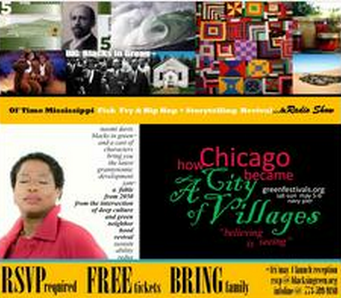


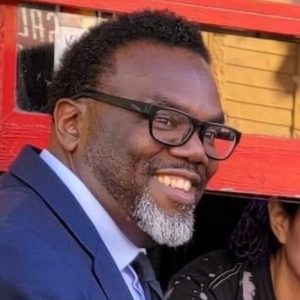



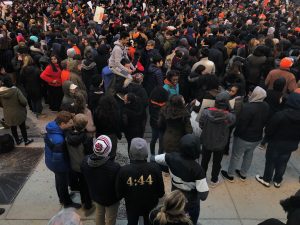
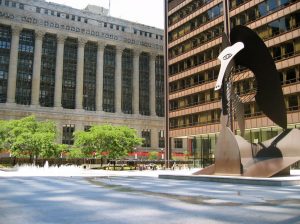

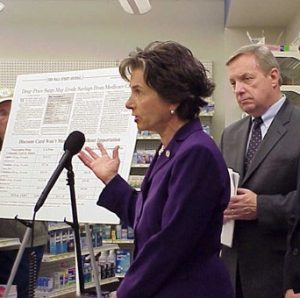
Be First to Comment